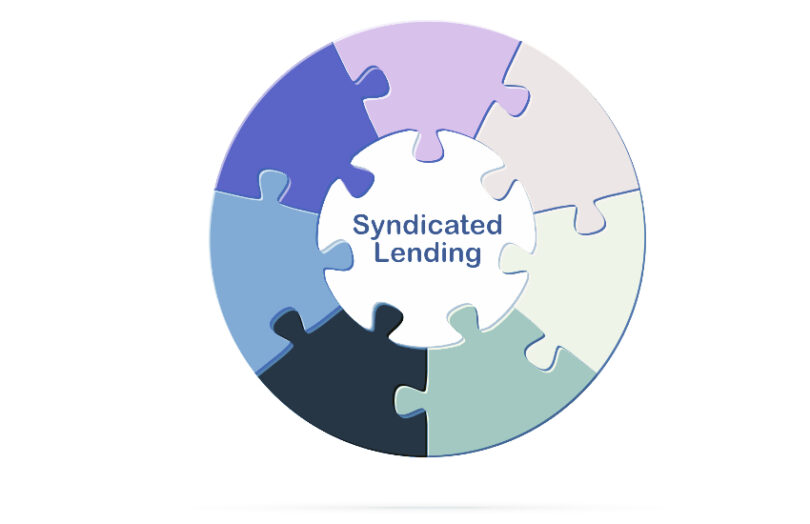In December last year, the digital syndicated loan platform Versana went into production. Bank of America, Citi, Credit Suisse and J.P. Morgan founded the company to move away from manual processes. Now it has processed more than 1,500 loans worth $900 billion. The solution uses Digital Asset’s DAML smart contract language for workflows and Versana is part of the Canton blockchain network for interoperability.
Syndicated loans are inherently messy from a data administration perspective. While the borrower might only liaise with the arranging bank, the massive loans are sliced and diced amongst numerous lenders. As the borrower draws down the loan and makes repayments, all the parties to the loan must keep track of what’s happening, including lenders, the agent and the trustee. Often the details are only shared monthly or quarterly.
Hence Versana aims to provide a single repository to enable everyone to track the movements and status in real time.
“As more market participants connect to Versana, the loan market’s transformation can be accelerated by the connectivity from agents to lenders, and to third party service providers,” said Joseph Ferraiolo, Head of Debt Capital Markets Operations & Merchant Bank Policy at J.P. Morgan. “This step of connecting the network is a huge one on the path to digitize data flow leading to continued improvements in operational efficiencies and transparency for our clients.”
In March, four more major institutions joined the $40 million funding round for Versana. They are Deutsche Bank, Morgan Stanley, U.S. Bancorp and Wells Fargo.
Versana isn’t the first to digitize syndicated loans. Finastra’s LenderComm addresses the same segment. In 2018 it was the first solution to go into production on R3’s Corda enterprise blockchain but since dropped DLT. At the time, we explored the pain points that need addressing in syndicated lending. Once fully digital, there’s the potential to create a secondary marketplace.






